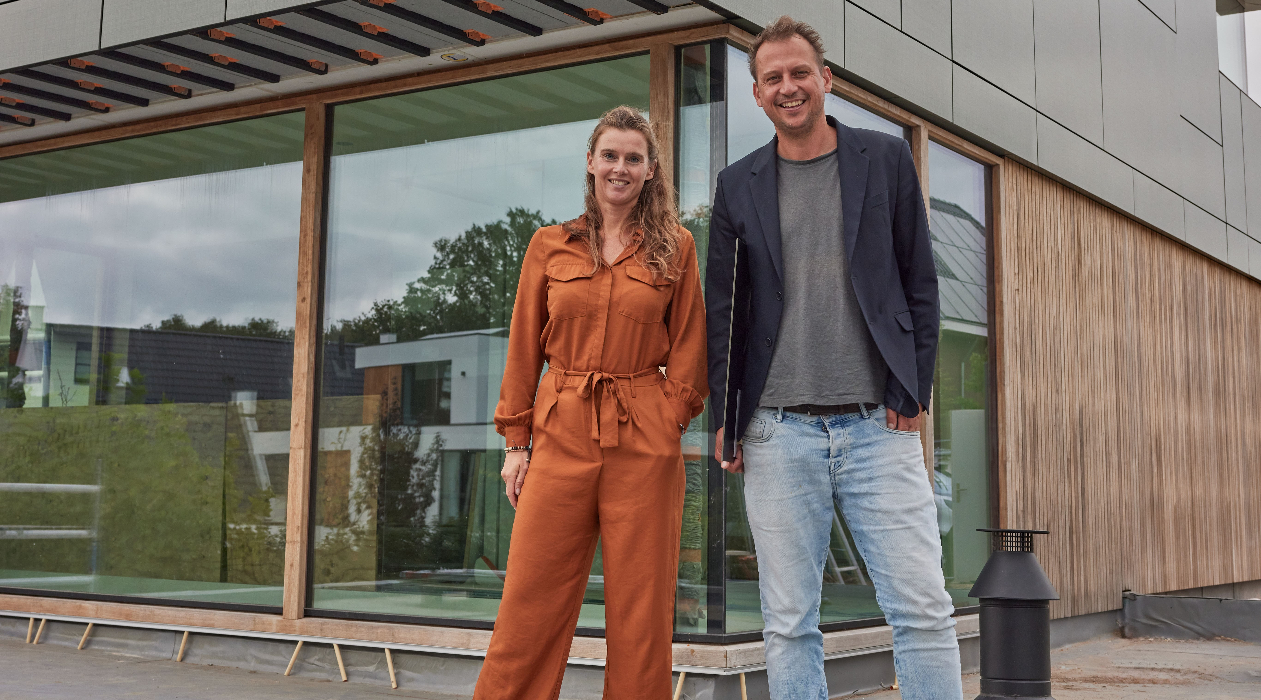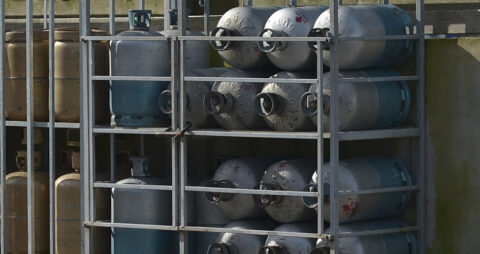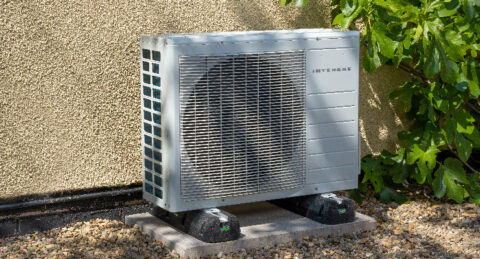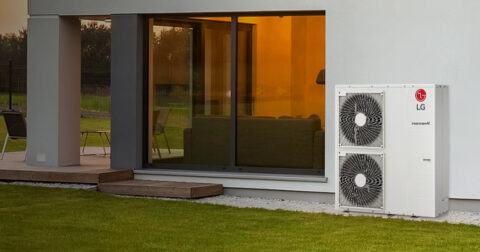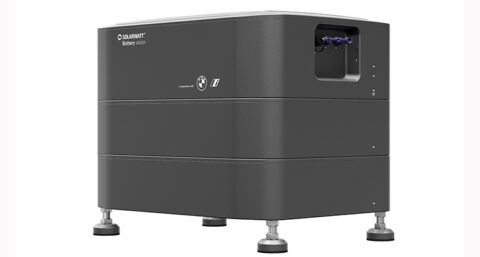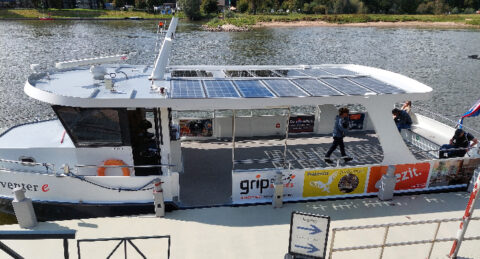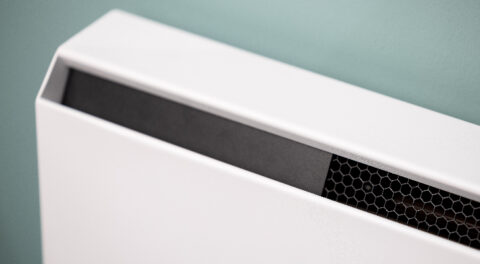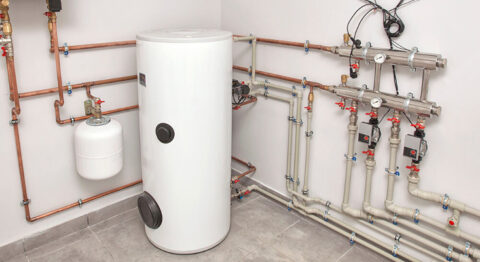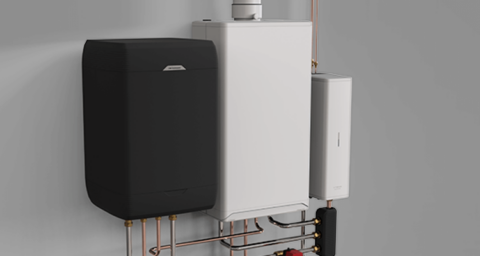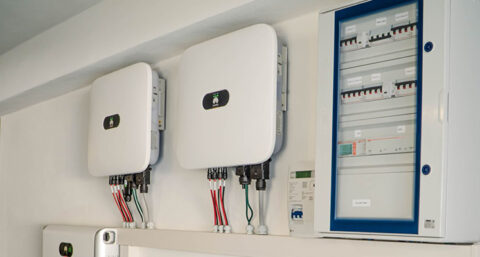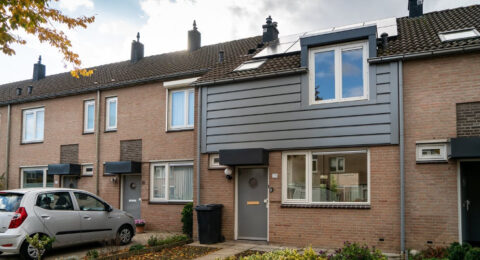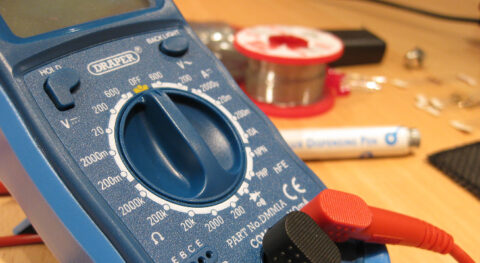The Dutch company Solarix makes PV panels, but not the usual black ones. They developed terracotta-colored panels for roofs, and the range of colored panels for facade panels (BIPV) now consists of 14 standard colors and 76 options in 6 design collections. "We want to make the world more beautiful.
Architect Marloes van Heteren was already concerned with how to make buildings more energy neutral in 2015. When she came across product designer/artist Reinier Bosch, they joined forces. "We noticed that the sector was not very engaged in innovation, but also figured out that we could reach a larger target group with a beautiful product. We wanted to generate energy with our panels, but the focus also had to be on aesthetics. By merging our knowledge of building technology and product development, we were able to manufacture a first prototype in 2016 and realize our first facade in 2018. Since those early days, we have grown considerably. We have a sizable team and an assembly hall, but the approach is still: generate energy, but with an eye for aesthetics.'
Unique look
The energy transition is a huge task. 'We see solar parks springing up here and there,' says Van Heteren. 'On the one hand this is good, but on the other hand: it is not really attractive. The same goes for black PV panels on terracotta roofs, for example. Fine that it produces green power, but beautiful, well no. By focusing on PV that fits well in the built environment, we create new opportunities. We do that, for example, with BIPV panels for integration in facades. By supplying these in different colors, architects can give a building a completely unique look. Of course, the beauty of BIPV is also that you no longer need any other facade finish. It is comparable to any other high-quality façade material, with the PV component having the added bonus of generating energy as well as money.'
In the beginning, Van Heteren and Bosch were mainly concerned with PV systems for facades, but they increasingly received questions about colored solar panels for roofs. 'Many Dutch homes and monumental buildings have terracotta roof tiles and it is nice if matching PV can be used on them. We offer that now and that gives a large group of people the opportunity to become sustainable in an aesthetically responsible way.'
Relief and suede look
When Van Heteren and Bosch started, the prices of colored panels were still high. That is no longer the case. Van Heteren: 'The moment we started using standard sizes, we were able to come down a bit. We supply standard sizes and for facade applications we now have a fixed color collection. Of course we also have black solar panels in the collection in the variants matte, glossy, embossed, and a suede look. But sometimes an architect or end customer wants something completely different. Then we go into a custom-made process, in which panels are put together completely as desired, both in terms of sizes and colors. In principle, anything is possible. However, we do not recommend using very large panels. They are more susceptible to breakage, awkward to handle in our assembly hall, and subsequently difficult to transport and assemble. It can be done, but there are some snags.'
Bright colors are also a bit tricky, and they are still researching that. 'We recently developed bright yellow BIPV panels. They turned out beautifully beyond expectations, and the yield is also not bad.'
BENG
Solarix has now completed a number of projects. 'We have to rely on that,' states Van Heteren. 'Examples do well, the more people know what is possible, the better it is. The current regulations also give a push. The BENG prescribes that new buildings generate a certain percentage of renewable energy. Solar panels are the obvious choice, but it is also possible to use BIPV. Then there is so much to choose from in terms of looks. In terms of efficiency, it is indeed true that black panels yield the most. With color you lose 10 to 40 percent. Is that a lot? That depends on what you assume. A house with wooden siding produces 0 electricity. Any BIPV panel is better than anything else. We are convinced that in 10 years BIPV will be standard. And that our children will later say: how is it possible that facades used to be delivered that did not generate electricity.'
Distribution centers 'dressing up'
'We are investigating the possibilities of placing our panels along streetcar tracks and freeways,' says Van Heteren. 'They can function as noise barriers that generate electricity and at the same time make the surroundings a little more beautiful. Because we manufacture panels by color, it is quite possible to integrate them into the landscape. There are real opportunities there. Think, for example, of distribution centers rising up everywhere. Those are usually gray/black boxes, but with colored BIPV panels you can 'dress them up' and turn them into something really beautiful.'
A wonderful example of a realized project is the preservation of the city theater in the historic city of Middelburg. The municipality commissioned Solarix for this metamorphosis, which shows that sustainable energy can also be generated on an architecturally valuable building. 'The existing architecture was the starting point,' says Van Heteren. 'We looked at the colors in the brickwork and window frames as well as the function and appearance of the building. We chose vertically placed panels on either side of the main entrance. This gives you the effect of wings; very fitting for what happens in the theater. This project was completed in 2022 and the 32 BIPV panels (together about 40 m2 in size) generate 3,460 kWh annually.'
Customer requirements
The construction and installation sector was initially somewhat skeptical about Solarix's products. Van Heteren: 'They had quite a few questions: isn't it very expensive? Is it strong? Does it meet the standards? We can refute all the reservations, and moreover, we now have quite a few nice showcases. Furthermore, our panels are certified and included in the national environmental database. As a result, interest is really increasing.
Installers working for the private market often get questions about the possibility of terracotta-colored roof panels. Many people have really been waiting for this. Of course, it's nice for installers to be able to meet the customer's wishes.'
